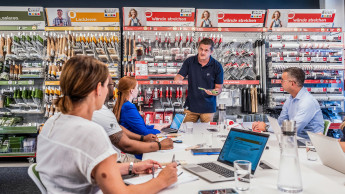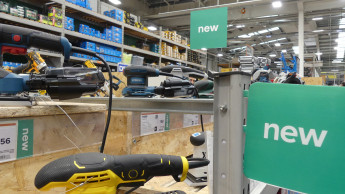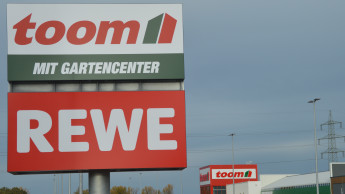The window market is beginning to recover in central and eastern Europe: an increase of 2.6 per cent was recorded last year
The window market in central and eastern Europe (CEE-5: Poland, Czech Republic, Hungary, Slovakia and Slovenia) showed signs of recovery in 2004 for the first time in four years. By comparison with 2003, the quantity of windows sold saw an increase of 2.6 per cent to 8.4 mio units. Growth was even stronger in value terms at 3.1 per cent. One of the reasons for this is the steady improvement of the real income situation in the new EU member states, which is resulting in a sustainable increase in the demand for high-quality windows. The market researchers expect even higher rates of growth for the east European window market in the next few years: in 2007 the window market in the five countries under consideration will have reached the size of Germany's.
There were some differences between the individual countries with regard to growth rates, with the window market in Poland the only one missing out on growth for another year (-1 per cent in volume terms). However, the loss was negligible in comparison with the preceding years. All the other countries saw positive development, with Czechia top of the list (9.9 per cent growth).
PVC was the clear favourite when it came to the choice of materials: in 2004 almost 48 per cent of the windows sold were made of PVC. They are preferred principally because of their relatively low price, though also because they are easy to care for and good value for money. Their market share in the five countries surveyed will increase to 50 per cent by 2007. PVC windows already account for over 50 per cent of the windows sold in Poland and Czechia. "Although the majority of manufacturers still swear by PVC, the first signs of saturation are already evident," says Maria Fürhacker, market analyst at Interconnection Consulting, "There are far too many PVC windows."
The wood-aluminium combinations represent the most strongly growing segment in eastern Europe. Whereas the sales of PVC and aluminium windows are experiencing annual growth of approx. 5 to 6 per cent, and sales of wooden windows are growing by 2 per cent, the value of the combination units will see an average of 11 per cent growth annually in the period from 2003 to 2007. Nevertheless, this material mix makes up only a small part of the window market (2004: 3.2 per cent).
PVC, aluminium and combinations are relentlessly pushing wood out of the market. The market share of wooden windows has shrunk greatly in recent years and prospects for the future are no better. Yet the demand for high-quality wooden windows is on the increase, though this is only sufficient to slow down the loss of market share, not put a stop to it.
The general tendency towards indirect selling continued last year. About 40 per cent of windows are now sold through specialist dealers or DIY stores, whereby there are still tremendous differences from one country to the next. Whereas more than three-quarters of all windows are still bought direct from the manufacturer in Slovenia, indirect selling comes to nearly 50 per cent in Poland. Over the next few years the indirect sales channels will slowly continue to develop still further.

 Menü
Menü
















